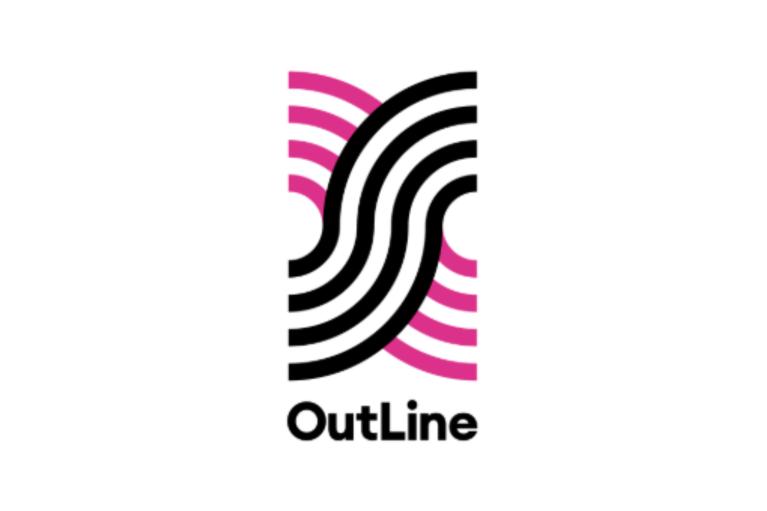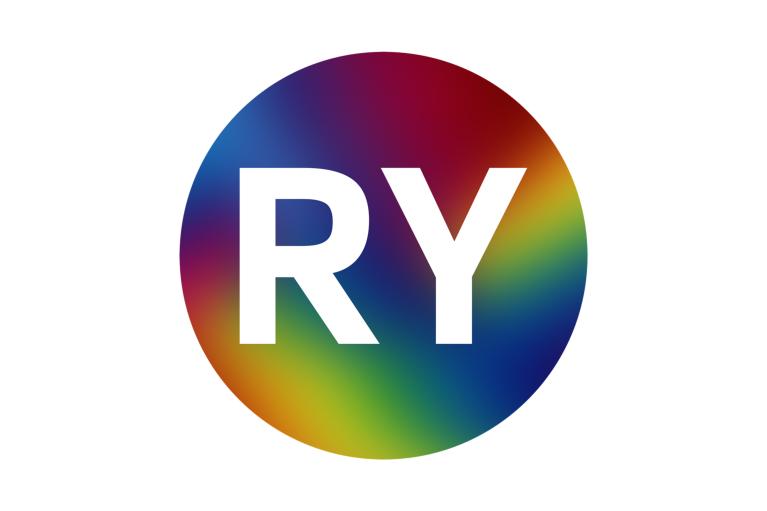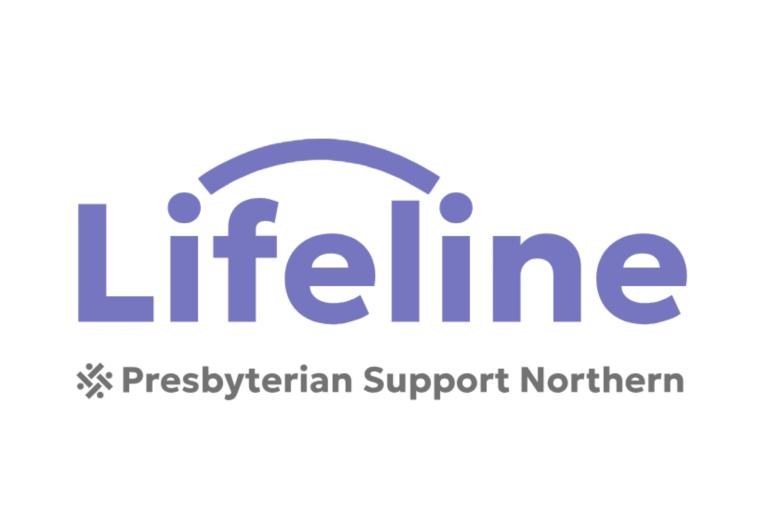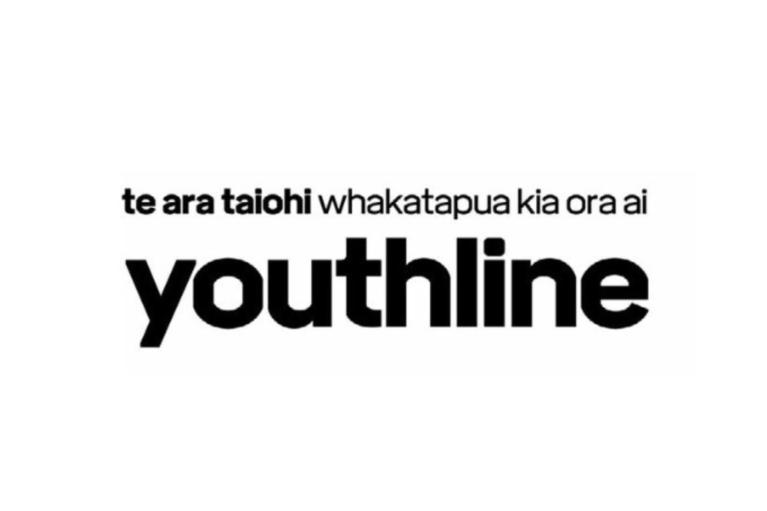Gender dysphoria - different things work for different people
Gender dysphoria or gender incongruence can be the experience of distress or discomfort with your body's sex characteristics or the gender role assigned to you. It's something that everyone experiences differently and can change over time. There's no one way to deal with dysphoria and different things work for different people.
Ideas that can help you cope with gender dysphoria
Here are some ideas that could help trans, nonbinary and gender diverse people cope with dysphoria. Some are specific to gender dysphoria and some are more general coping strategies that may help.
Try some out and make a list of ones that work for you. Remember, what works at one time may not be the same at another time, so trying out different strategies at different times can be useful too.
Express your feelings
Express your feelings - share your feelings in a notebook or blog, or express how you feel through an art, craft or music project.
Talk to someone and listen to others
Talk to someone who understands - talk to a supportive friend or find an online trans community you feel connection with.
If you have a counsellor or therapist you feel safe talking with about your gender dysphoria, make time to bring this up with them.
Listen to someone who has similar feelings to you - talk to friends who also experience dysphoria, or watch a Vlogger who you relate to.
You can also call OutLine.

You can call OutLine on 0800 OUTLINE (0800 688 5463) between 6pm and 9pm to talk to a trained volunteer from the LGBTIQ+ community.
OutLine Aotearoa is an all-ages Rainbow mental health organisation that provides support throughout Aotearoa to Takatāpui, MVPFAFF+ and Rainbow communities, their friends, whānau, and those questioning.
Use items that help you express your gender
Find or use items that aid in expressing your gender and makes you feel more confident in yourself - binders, packers, STPs (stand-to-pee devices), breast forms, panty girdles, padded underwear, makeup, clothes, shoes, accessories, hair removal items, hair styling products.
Affirm your gender
Affirm your gender - do small or big things that affirm your gender; whether it's wearing a small accessory that is affirmative for you, re-styling your hair, or emailing your teachers to tell them your preferred name and pronouns.
Take steps towards your transition goals
Make plans, research, or take small steps towards your long-term social, medical and or legal transition goals.
Try everyday things that reduce your dysphoria
Find ways to do everyday things that reduce your dysphoria - steam up or cover the bathroom mirrors, use a big sponge or loofah for bathing, cuddle a pillow to cover your chest when you sleep, or master makeup contouring.
Remember to be easy on yourself and on your personal image
Tell yourself, out loud, that your body does not define your gender.
Take a moment to point out a few positive things you love about your body more generally - things you are great at, or things you like about yourself.
Remember to be easy on yourself and on your personal image. Remind yourself of the diversity of all people's bodies and gender presentations to give yourself a reality check.
Explore what feels right for you
Take time to explore what feels right for you when it comes to your identity and expressing yourself and your gender. Forget beauty standards and gender stereotypes: what expressions and identities feel right for YOU.
Exercise to improve your mood
Exercise - a healthy amount of exercise can improve your mood. Do what you like - dance your heart out in your bedroom, do some yoga, ride a bike, go to circus classes, use the local park gym equipment, or look up exercises that will shape your body in ways that could reduce your dysphoria.
Remember to be proud of yourself
Remember that your trials and struggles in life can make you stronger. You've made it to this point. You should be proud of yourself.
Stimulate your senses
Use all your senses
- smell something (perfume, a flower)
- taste something (something strong flavoured or something you really like)
- listen to something (nature sounds or music)
- touch something (fabric, a furry pet, a teddy bear)
- stimulate your vision (by looking at a colour you like or pics of baby animals)
Try self-soothing activities
Self-soothing is a quick and effective way to reduce the intensity of emotions and anxiety.
Here are some ideas for self-soothing activities.
Avoid those who bring you down
Avoid spaces or people that will bring you down.
'Escape'
Escape - to your favourite playlist, game, or show, or a long luxurious bath or shower.
Pamper yourself
Dress in your favourite gender-affirming clothes, or wear comfy clothes to help you relax and feel better; wear your favorite makeup; eat your favourite comfort food; get a haircut; moisturise your body.
Connect with nature
Go for a walk outside, do some gardening, watch the birds, trees or stars, care for an animal, wade in a river or ocean, bask in the sunshine.
Take time out or stay busy
Do whichever works best for you at the time - take time out or stay busy. Slow down and relax, or stay occupied and distracted.
Go to bed early!
Make sure you prepare to sleep by turning off devices, doing something relaxing, making the room quiet, clean and peaceful, and rest well.
Eat the rainbow!
Getting a balanced, nutritious diet with lots of fruit and vegetables will help your mind and body feel its best.
Make time for pleasure
Make sure you are doing things that make you feel good every day. Schedule it in if you have to!
Switch off from social media
Switch off from social media and devices if they are bringing you down.
Practice breathing, meditation etc
Practice breathing, meditation or other relaxation or mindfulness techniques.
Check out inspirational trans and nonbinary people
Consider checking out some of the inspirational trans and nonbinary people from Aotearoa New Zealand and beyond. Here are just a few of the very many people out there.
Rūrangi is a webseries and a movement to create social change for New Zealand’s gender-diverse community. Featuring Elz Carrad (actor).
Check out Rūrangi
FAFSWAG - an arts collective of Māori and Pacific LGBTQI+ artists and activists. They explore and celebrate the unique identity of gender-fluid Pacific people and LGBTQI+ communities in multi-disciplinary art forms.
Check out FAFSWAG
Shaneel Lal is a Fijian NZ LGBTQ+ rights activist.
Learn more about Shaneel
Georgie Stone is an Australian actress, writer and trans rights advocate.
Learn more about Georgie
Evie Mc Donald is a teen Australian actress and activist.
Learn more about Evie
Elliot Page is an American actor.
Learn more about Elliot
Hunter Schafer is an American actress.
Learn more about Hunter
Jin Xing is a Chinese Dancer and TV presenter.
Learn more about Jin
Lachlan Watson is an American nonbinary actor.
Learn more about Lachlan
Gender Diversity - Inspirational Trans & Nonbinary People
Get support when you need it
If you are feeling really down or thinking about suicide it's important to get as much support as possible, including professional support.
You can contact any of the following.

1737 is a free service for New Zealanders feeling down, anxious, a bit overwhelmed or just need to chat to someone. You can call or text 1737 for free, they are available 24 hours a day, 7 days a week.

Call OutLine on 0800 688 5463 between 6pm and 9pm to talk to a trained volunteer from the LGBTIQ+ community. Via the OutLine website you can self-refer for support for the (free) OutLine Transgender Peer Support Service.

Contact Rainbow Youth's one-to-one peer support in some regions.
Rainbow Youth provides a one-to-one transgender peer support service but this is only available in Auckland, Bay of Plenty, Wellington and Taranaki.

You can call the suicide crisis helpline on 0508 828 865. It is a free, nationwide service available 24 hours a day, 7 days a week and is operated by highly trained and experienced telephone counsellors who have undergone advanced suicide prevention training.

Call Youthline on 0800 376 633. Youthline offers a free Helpline service (text, phone, webchat & email) and free face-to-face counselling services. They are available 24 hours a day, 7 days a week. You can text them for free on 234.

Lifeline has 2 free community helplines, 0800 LIFELINE (0800 543 354) and Suicide Crisis Helpline 0508 TAUTOKO (0508 828 865). They also have a text support service, you can text them on 4357. They're support is available 24 hours a day, 7 days a week.
Parents and whānau can check out the page on gender diversity in children and young people.
Gender Diversity In Children & Young People
Watch a video series from InsideOUT celebrating the diversity of the rainbow community.
Gender Diversity In Children & Young People - Young People's Voices
Acknowledgements
This content has been adapted from Telethon Kids Institute (Australia) as part of the development of ‘SPARX-T’; a serious game designed to prevent depression in trans and gender diverse young people.
